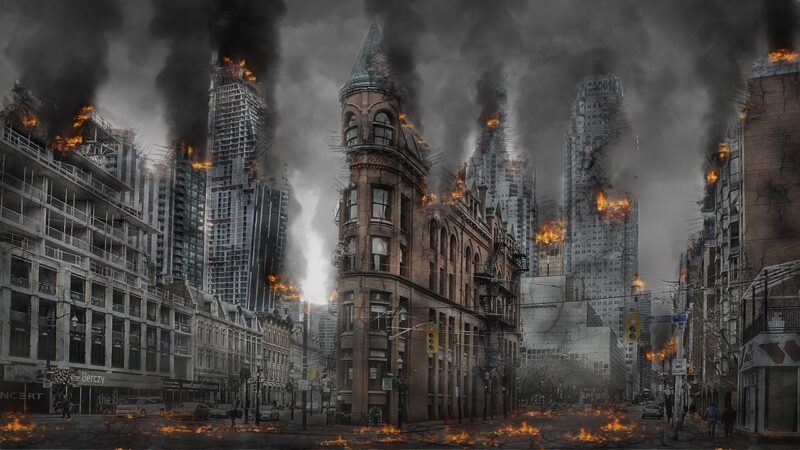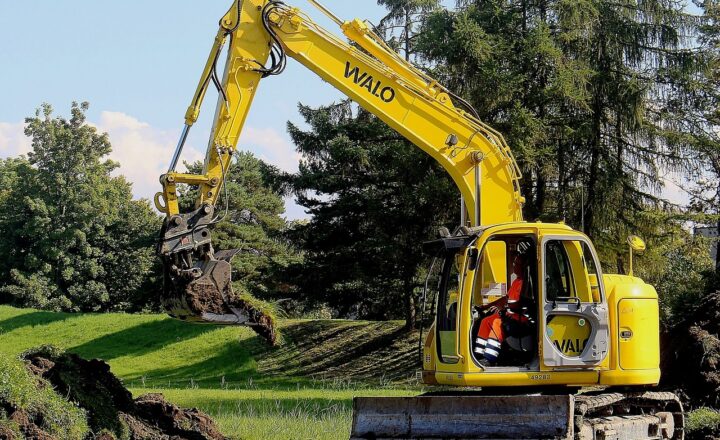How Entire Cities Have Been Lost to Nature and Rediscovered Centuries Later Through Archaeology
November 17, 2024

Throughout history, vast and vibrant cities have flourished, only to be rendered silent by natural disasters, environmental changes, or human actions. These lost cities, once bustling with life and culture, succumbed to the inexorable force of nature, becoming buried under layers of earth, overtaken by vegetation, or submerged beneath water. However, what seems like an end is often just a pause in history. Through the remarkable work of archaeologists, technology, and historical documentation, these cities have been rediscovered, revealing invaluable insights into past human civilizations.
**1. The Enigma of Lost Cities**
The concept of lost cities conjures images of grand structures and thriving marketplaces, all falling into the grip of nature. Cities like Pompeii, Machu Picchu, and Angkor Wat prompt a question: How do entire civilizations simply disappear? Natural disasters such as earthquakes, volcanic eruptions, floods, or prolonged climate shifts can lead to cities becoming uninhabitable. In many cases, despite the best efforts of their inhabitants, cities are abandoned, reclaimed by the earth over time.
For instance, the ancient city of Pompeii was buried under volcanic ash when Mount Vesuvius erupted in 79 A.D., effectively preserving it in time.
**2. The Adventure of Rediscovery**
Rediscovering lost cities often resembles a treasure hunt, where historians and archaeologists piece together the fragments of the past. Techniques such as ground-penetrating radar, lidar (Light Detection and Ranging), and drone surveys have revolutionized the search for these hidden places. They allow researchers to scan vast areas without disturbing the soil, revealing outlines of structures hidden beneath.
For example, recent advances in lidar technology have enabled archaeologists to unveil the remnants of the once-great Maya civilization in Guatemala, where cities sprawled beneath thick canopies of tropical forests.
**3. Case Studies: Lost Cities Rediscovered**
To illustrate these points, let’s look at a few notable examples of cities lost to nature and later rediscovered:
– **Machu Picchu, Peru:**
This iconic Incan city was largely unknown to the outside world until its rediscovery by American historian Hiram Bingham in 1911. It remained obscured by dense vegetation and rugged terrain for centuries after its abandonment in the 16th century. Today, Machu Picchu is a UNESCO World Heritage site, showcasing remarkable architecture and agricultural terraces within its mountainous landscape.
– **Troy, Turkey:**
Long regarded as a myth from Homer’s epics, the ancient city of Troy was located through archaeological excavations in the late 19th century. Buried under layers of earth due to frequent attacks and invasions, Troy has revealed multiple layers of civilization, showcasing adaptations and changes throughout history.
– **Angkor Wat, Cambodia:**
Once the heart of the Khmer Empire, Angkor Wat was abandoned in the 15th century, gradually overtaken by jungle. Rediscovered in the 19th century, this architectural wonder has become a symbol of cultural pride and a significant tourist destination. Archaeologists continue to uncover insights about its sophisticated urban planning and hydraulic systems.
**4. The Role of Nature in Preservation**
Interestingly, nature often plays a dual role in the story of lost cities. While it can cause destruction, it can also be responsible for the preservation of these sites. For example, the layers of volcanic ash that buried Pompeii acted as a protective blanket, preserving murals, structures, and even organic materials like bread and wooden furniture. These preserved artifacts offer a glimpse into the daily lives of the people who once inhabited these cities.
**5. Cultural and Historical Significance**
Understanding these lost cities provides more than just intrigue; they are a lens into the cultural, social, and technological advancements of human civilizations. The lessons learned from the rise and fall of these societies help modern humans better understand resilience, adaptation, and the ongoing relationship between nature and civilization.
Sites like Pompeii and Angkor Wat continue to contribute to our understanding of history, architecture, and culture, attracting scholars and tourists alike. They stand as reminders of human achievement and the fragility of our creations against the power of nature.
**6. The Future of Lost Cities**
With the advent of new technologies and methods, the search for other lost cities continues. Increasingly, experts are combining archaeology with modern technologies, such as augmented reality and artificial intelligence, to create immersive reconstructions of these ancient sites. They aim to breathe life back into these cities and present them as invaluable windows into the past.
In conclusion, the story of lost cities reclaimed by nature is both cautionary and illuminating. It not only reflects the triumphs and tribulations of humanity but also underscores the profound impact of nature on interaction and civilization. By studying these cities, we gain insights that are pertinent to contemporary society, enabling us to reflect on our relationship with the environment and the legacies we leave behind.
**Conclusion**
The world is full of ancient secrets waiting to be uncovered, hidden beneath the sands of time and the boughs of trees. The journey of rediscovering lost cities is an ongoing pursuit that connects us to our past, offering precious lessons that resonate through time. As we continue to explore these extraordinary archaeological treasures, we foster a deeper appreciation for the resilience of human ingenuity and nature’s perpetual cycle.
If you ever find yourself wandering through the remnants of ancient streets or exploring the crumbled walls of a forgotten city, remember that you are standing at the intersection of history, where nature’s hand and human ambition once worked harmoniously, teaching us about our journey as a species.






